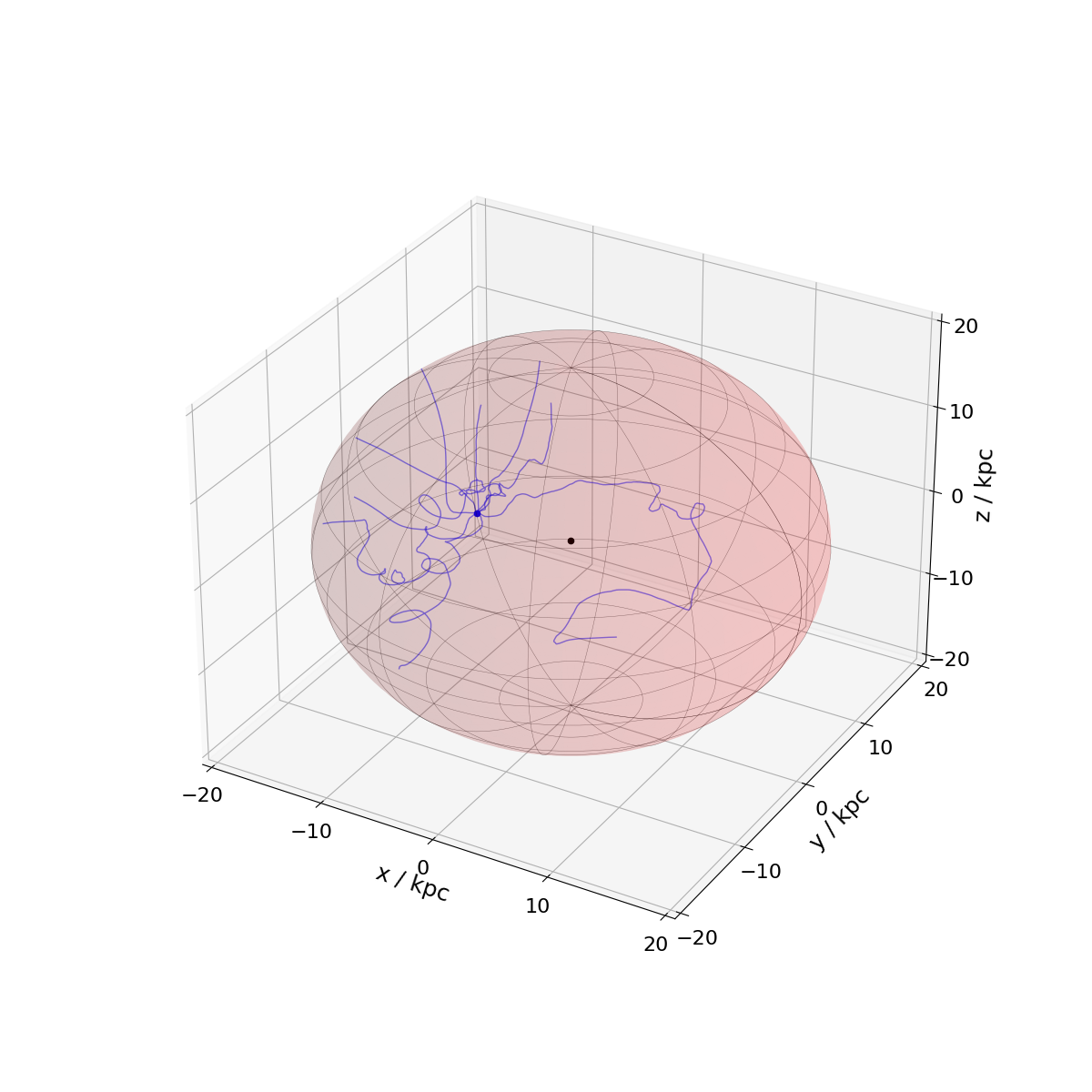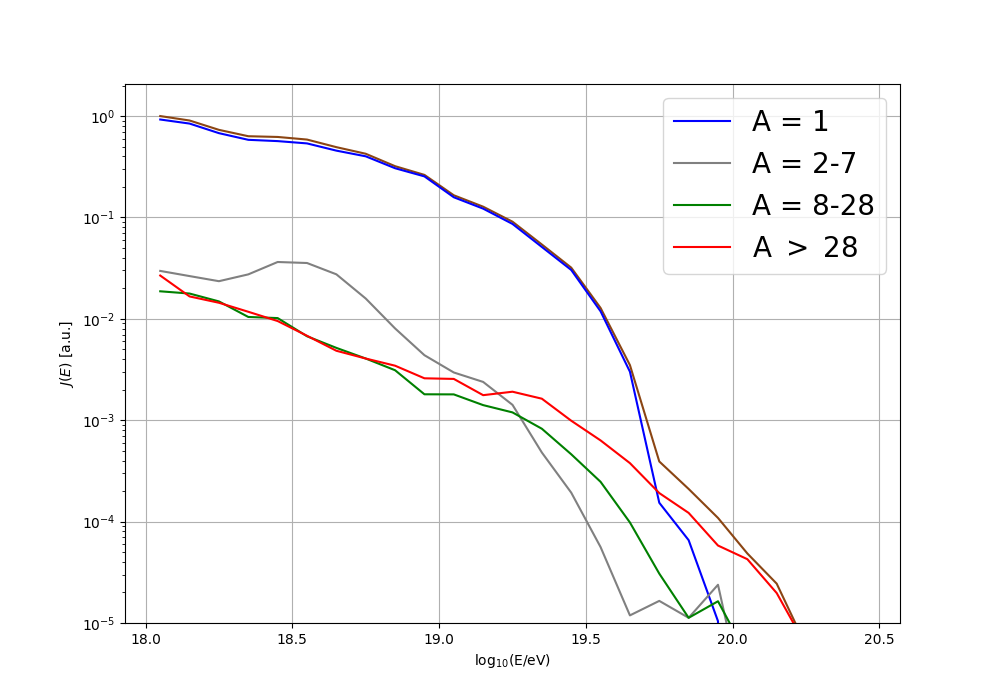Dr. Arjen van Vliet is a researcher in astroparticle physics. He is specialized in phenomenology, theory and code development of ultra-high-energy cosmic rays, astrophysical neutrinos and cosmogenic photons. He investigates the propagation and origin of these extraterrestrial messengers and models their sources and the environment (e.g., Galactic and extragalactic magnetic fields) that these particles travel through. He is one of the core developers of CRPropa (https://crpropa.github.io/CRPropa3/), worldwide the most used code for simulations on ultra-high-energy cosmic particles.
After his PhD, Dr. Arjen van Vliet worked as a postdoctoral researcher at Radboud University, the Netherlands for over 3 years. During both his PhD and his period at Radboud University, he was part of the Pierre Auger Collaboration, the largest experiment in the world for detecting ultra-high-energy cosmic rays. In 2018, he joined the Astroparticle Theory Group at DESY Zeuthen, Germany, with a focus on the connection between cosmic rays and neutrinos. He started his current position at Khalifa University in January 2022.


